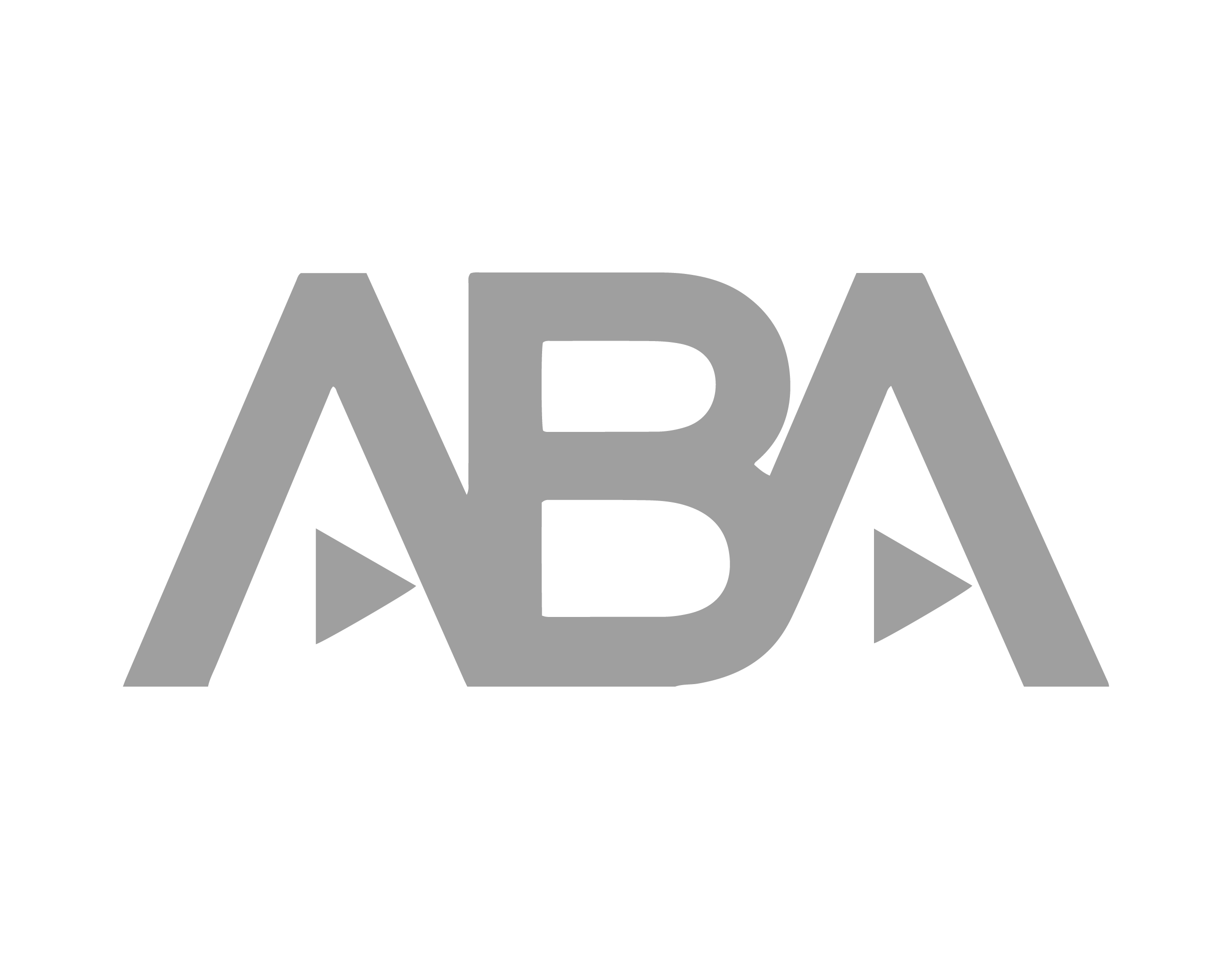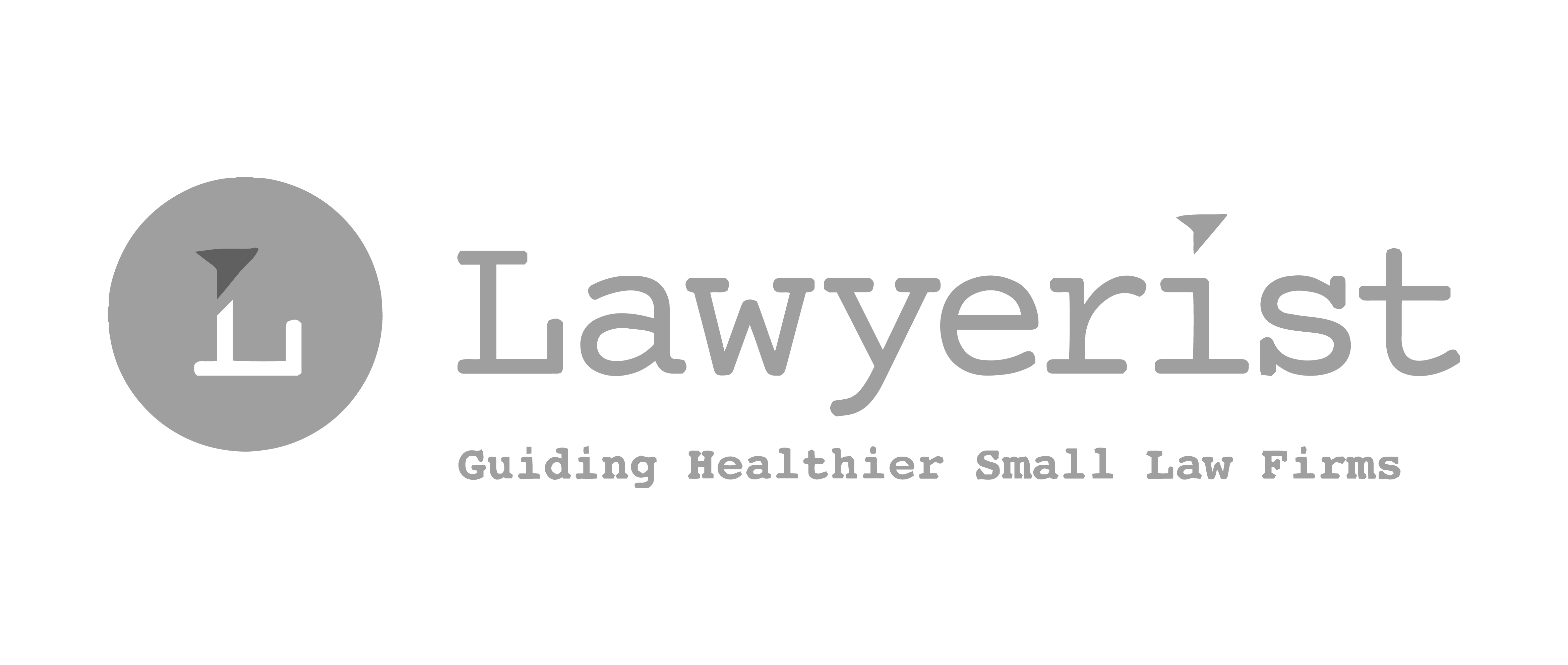Rocket Matter This Year: Unveiling the Legal Time Tracking Essentials Revolution
For small and solo law firms, time isn’t just valuable—it’s billable.
Yet too many firms are still traveling back in time to do it the “analog” way, leading to inefficiency, lost hours, and ultimately less revenue.
Enter Rocket Matter’s Legal Time-Tracking Revolution, powered by Rocket Matter Track. With Rocket Matter Track, you can now account for every billable hour with greater ease and efficiency than ever before.
The times (no pun intended) of clocking your hours in notes or in Excel are over. It can all be done in the background with less manual input and better results (i.e., fewer errors, more tracked time, and greater client satisfaction).
Let’s delve into the essential aspects of legal time tracking with Rocket Matter Track.
Six rules every attorney needs to follow about legal time-tracking
To start your firm’s productivity revolution, it’s important to know the practices of time-keeping—-to be efficient and productive.
1. Set a clear time-tracking policy
Even if your entire team is full of zealous time trackers, you need policies and processes in place to ensure consistent results. If Attorney A tracks time manually, Attorney B tracks time in 12-minute increments, and Attorney C logs time at the end of every day, you’ll have extremely mixed results.
Those mixed results can be avoided, though, with a policy that covers:
- How software should be used
- How billing increments and codes are applied
- How to create time entries with the correct level of detail
- How billable and non-billable hours are differentiated
2. Track time as you go
When lawyers wait until the end of the day to remember the day’s work and billable hours, they can forget to record 10-15% of the billable hours. When they wait until the week’s end, they lose approximately 50% of billable time, according to the ABA.
That is a lot of time leakage.
Instead, use the best practice or recording as you go. Luckily, industry-leading time-trackers take the bite out of the work for you by automatically tracking lots of your work in the background.
3. Track in appropriate intervals
If you’re biling for time, you need to establish units to measure.
Most law firms use 1/10 of an hour, as it offers an easy-to-calculate approach that decreases the risk of excessive padding. But every law firm is different, and it’s important to assess how your billing increments align with the needs of your firm, the types of services you provide, and client satisfaction.
No matter which interval you choose, it’s key to apply it consistently to ensure your time tracked can be correctly billed.
4. Keep track of the details
Tracking time goes beyond minutes and hours worked on a task. To ensure a full record of your efforts, you need to provide relevant context. For example, instead of tracking that you spent 6 minutes following up on an email to a client, you should note that you spent 6 minutes following up with Mr. Smith about your November 12th meeting.
These details help you better understand the work you’ve completed, plus provide a valuable record in case of client concerns.
5. Analyze where your time goes
Legal time-tracking software must eliminate the pain of not knowing how much time/resources a future project will take because you have all the historical data at your fingertips: you know how long and how many attorneys it took last time, so you can know in the future.
Revolutionize time-tracking at your law firm with Rocket Matter Track
Rules for time tracking are important, but so are the tools you use to manage that time tracking. Any time tracking tool that your firm uses should be intuitive, scalable, and, above all, easy to use. That’s where Rocket Matter Track comes in.
Rocket Matter Track leverages the user-friendly time-tracking capabilities already available in Rocket Matter, and makes them more convenient than ever.
Automated time tracking that’s actually automated
Many products claim to automate processes yet still require significant hand-holding to work.
That’s not the case with Rocket Matter Track, the first truly automated time-tracking software for law firms. Our software allows you to track time across all your office applications, including email, web browsing, document editing, and other tasks—and on both mobile and desktop devices.
This feature gives you a comprehensive view of how you spend your time without any extra effort.
Simple and accurate billing
Translating hours worked into hours billed can be tedious, but if done incorrectly, it can cost you clients (and revenue). Rocket Matter Track allows you to automatically create invoices from time records, along with the relevant details about tasks completed.
The benefits are twofold: all you need to do is review invoices for accuracy, and your clients get a more transparent view of the value you provide them.
Safe storage for accuracy
Having an error show up in a document because of an overeager automation? It’s a frustrating—and potentially embarrassing—problem. But it’s one you don’t have to worry about with Rocket Matter Track.
Rocket Matter Track stores all data locally on your hard drive, giving you the opportunity to review and adjust every entry before posting to the invoice.
Firm-level reporting
Rocket Matter Track allows firm partners to view all activity or just certain associates to assess at a glance how the firm is performing. This allows you to evaluate:
- Progress of associates (on topics such as billable hours)
- Time spent on projects for future resource planning
- Billable vs. non-billable time
- Time spent on various tasks, firm-wide
- Highest revenue-producing client
- Lowest revenue-producing clients
With this information in hand, your practice can start making real-time, data-driven decisions that spur growth.
Say goodbye to time-tracking frustrations and hello to time-tracking benefits
The benefits of revolutionizing your time-tracking are manifold for your efficiency, accuracy, and profits.
Capture more hours
According to the American Bar Association, attorneys who wait until the end of the day to record their time lose 10-15% of their billable hours. Those who wait until the end of the week lose 25%!
Now consider automated time tracking: let’s say it saves an attorney just 10% more billable hours per week, and they are working 20 billable hours—that’s another two hours per week. If their rate is $300, that’s $600 per week. Those numbers add up quickly!
Efficiency gains
A robust legal-specific time-tracker acts like a silent administrative assistant. When you open up case matters or research in WestLaw, Rocket Matter runs in the background with no extra effort. There’s no need to toggle back and forth between apps to capture time or scratch your head about that mystery “.10 hours on email” applied to.
Greater precision
Legal-specific time trackers allow granular views of time spent. Each attorney will be able to see time spent on each application, websites visited, files viewed, and time spent on each kind of task.
This granularity provides insights into work patterns to help law firms identify areas of inefficiency or areas to generate more revenue. It gives you precise data on each timekeeper and your firm as a whole so you can assess your profitability and make wise decisions.
Get more revolutions (around the clock) with Rocket Matter
Say goodbye to time-tracking frustrations. Say hello to time-tracking benefits.
With Rocket Matter Track, you can revolutionize the way your practice tracks and bills for time. Start a free trial with Rocket Matter Track and see how it impacts your law firm today.
Share post:







